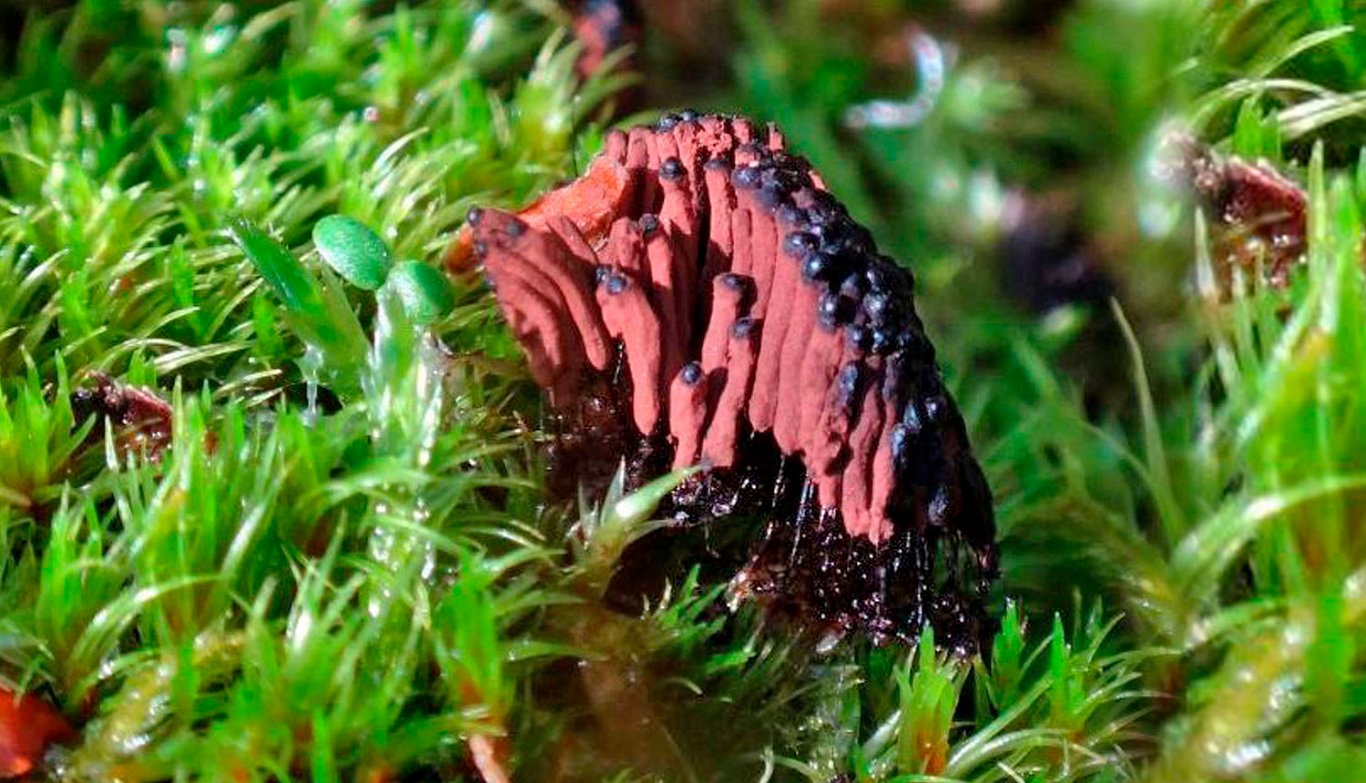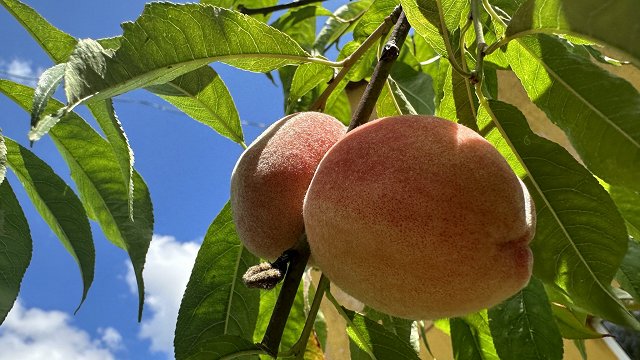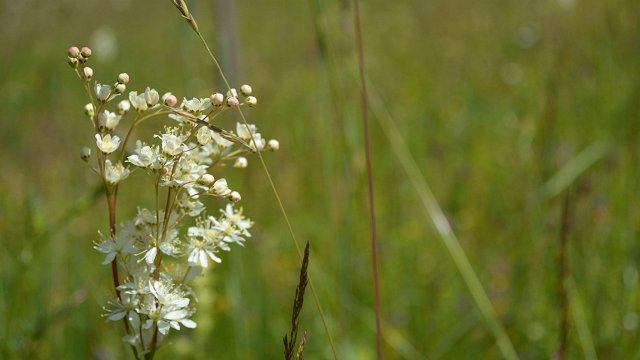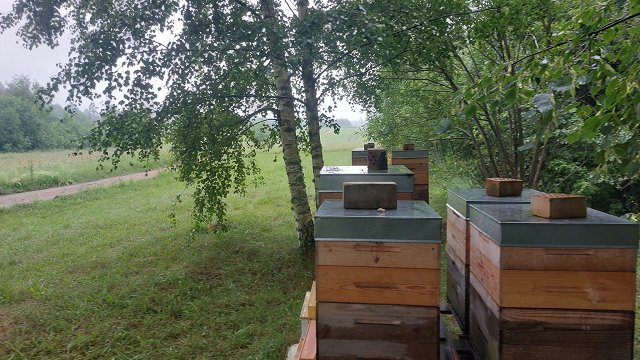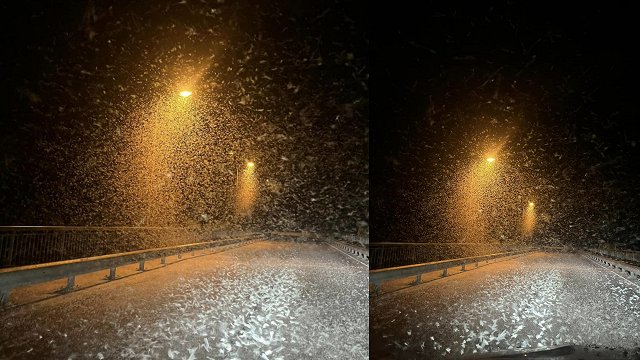Among the newly discovered species are two plants, seven species of moss, 12 lichen, 15 slime molds and 16 fungi. Some of the newly discovered species are rare not only in the Baltic but also at European level, said the DAP.
Spotting a new species is only the beginning of a longer process. The new findings shall be determined and confirmed by an expert of the particular species group with very specific knowledge. If there are doubts or lack of knowledge about a species, the sample is sent to experienced foreign researchers. Last year, the approval of three newly identified species was also carried out by Norwegian experts.
The number of new discoveries in different groups indicates how much each of them has been studied so far. For example, botanists have known Latvia's wild plants very well, with only a couple of species newly discovered. But slime molds have not been studied much in Latvia, so the number of new findings has increased by 15 species in the last four years.
For example, in the municipality of Kekava and Jūrmala, the researchers identified the downey-fruited sedge (Carex tomentosa), a long-awaited species in Latvia, as it was known to be already growing in Estonia and Lithuania. The plant grows only in natural grasslands, requires specific conditions of varying humidity and a slightly calcareous soil.
In Daugavpils and Naukšeni, experts found another new plant species – the fragrant agrimony (Agrimonia procera). It is already the third agrimony species in Latvia.
In Kurzeme, the poroid crust fungus Skeletocutis chrysella was discovered in 2019. This is a rare species in Europe and even on lists of endangered species.
On the other hand, the newly discovered species of bracket fungus Amylocystis lapponica found in September last year is considered to be critically endangered in Europe, and is therefore included in the list of 23 rare mushrooms in Europe.
Since the identification of species is a time-consuming process, it is possible that, after some time, the total number of newly discovered species may also increase.
All activities planned by the European Union Cohesion Fund project on creating prerequisites for better conservation of biodiversity and protecting ecosystems in Latvia will be implemented until 2023.
